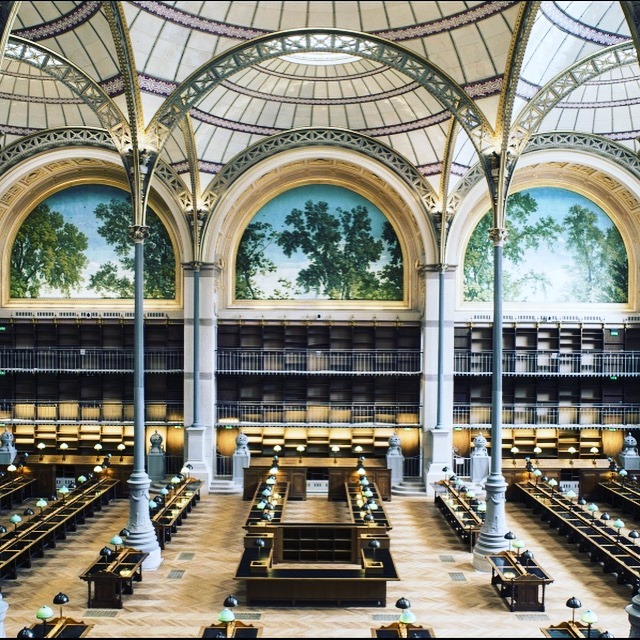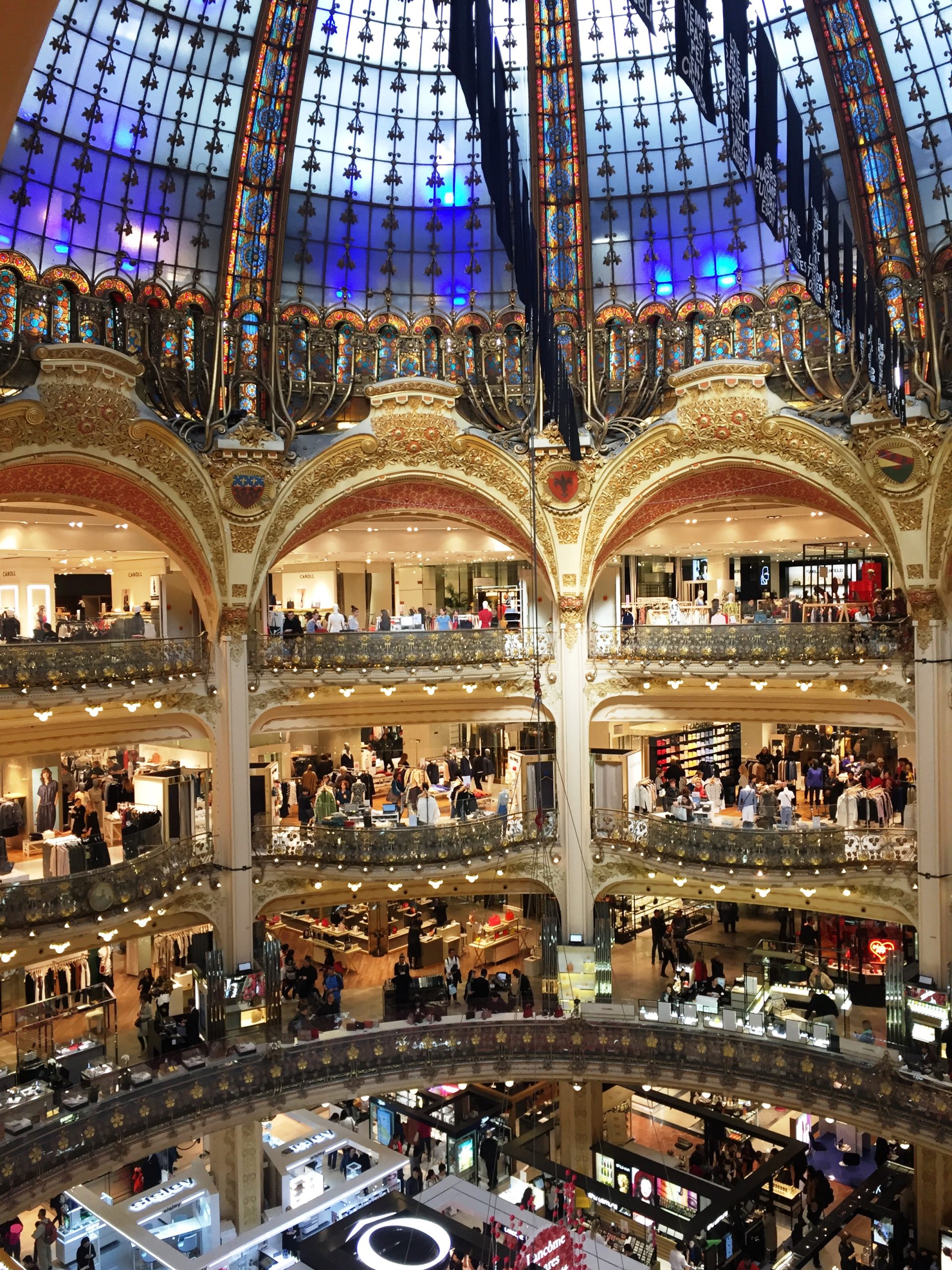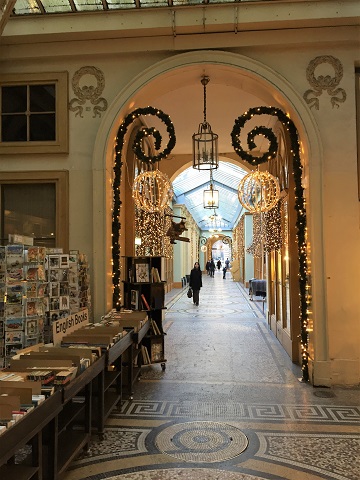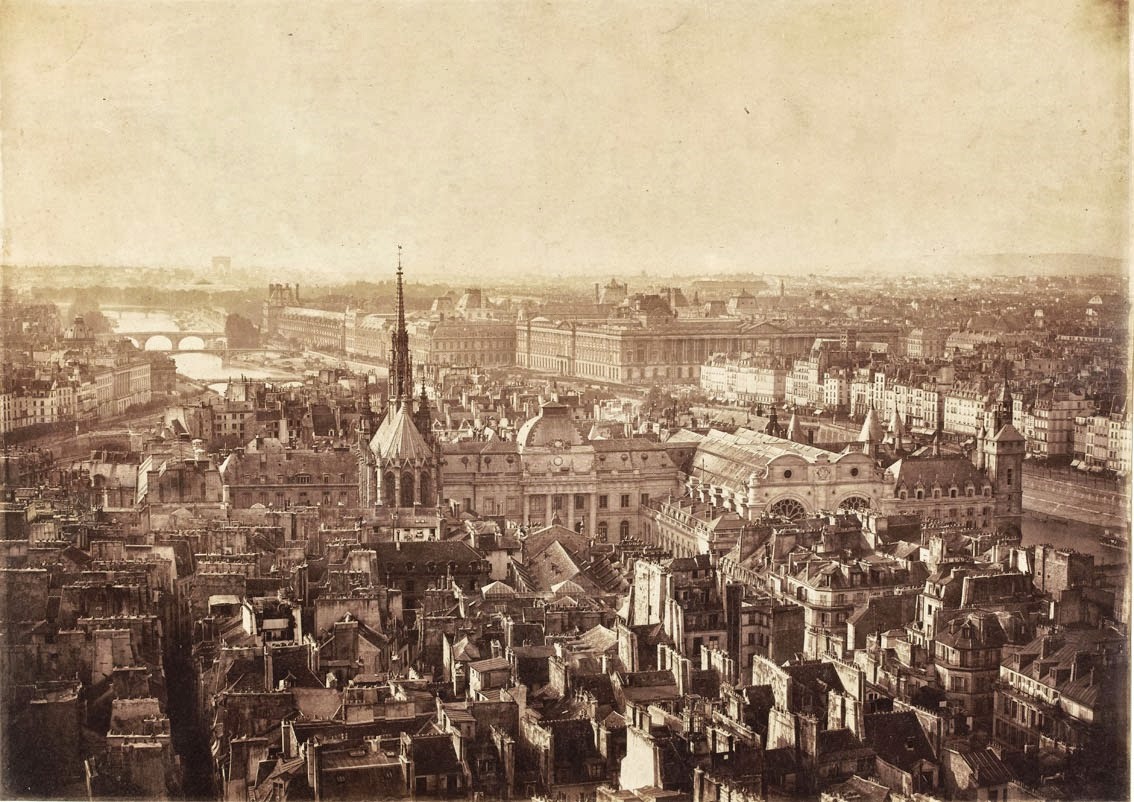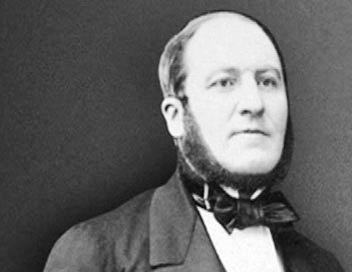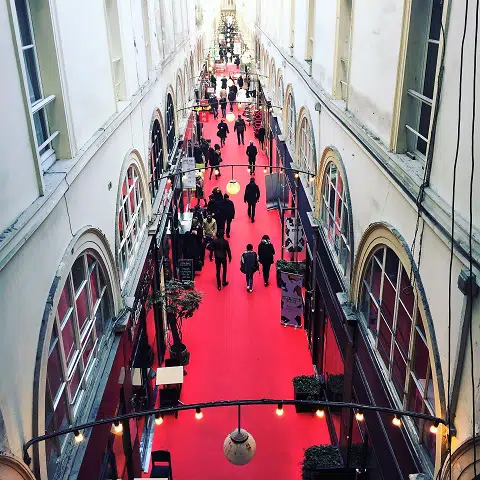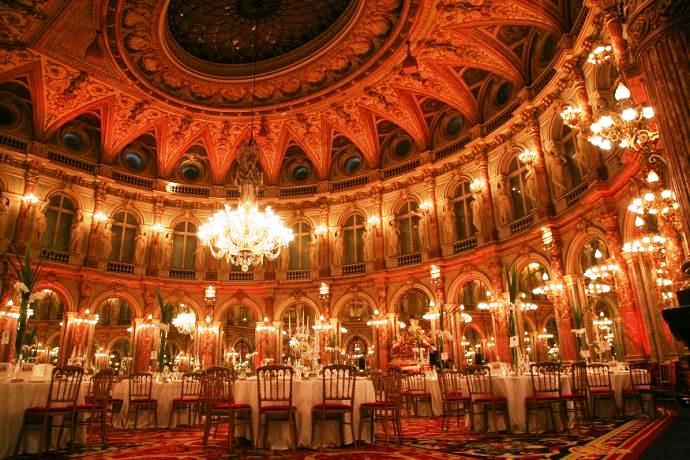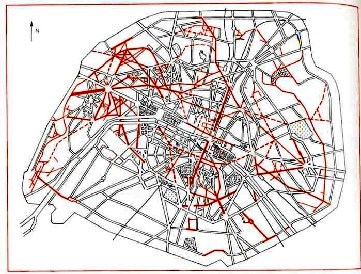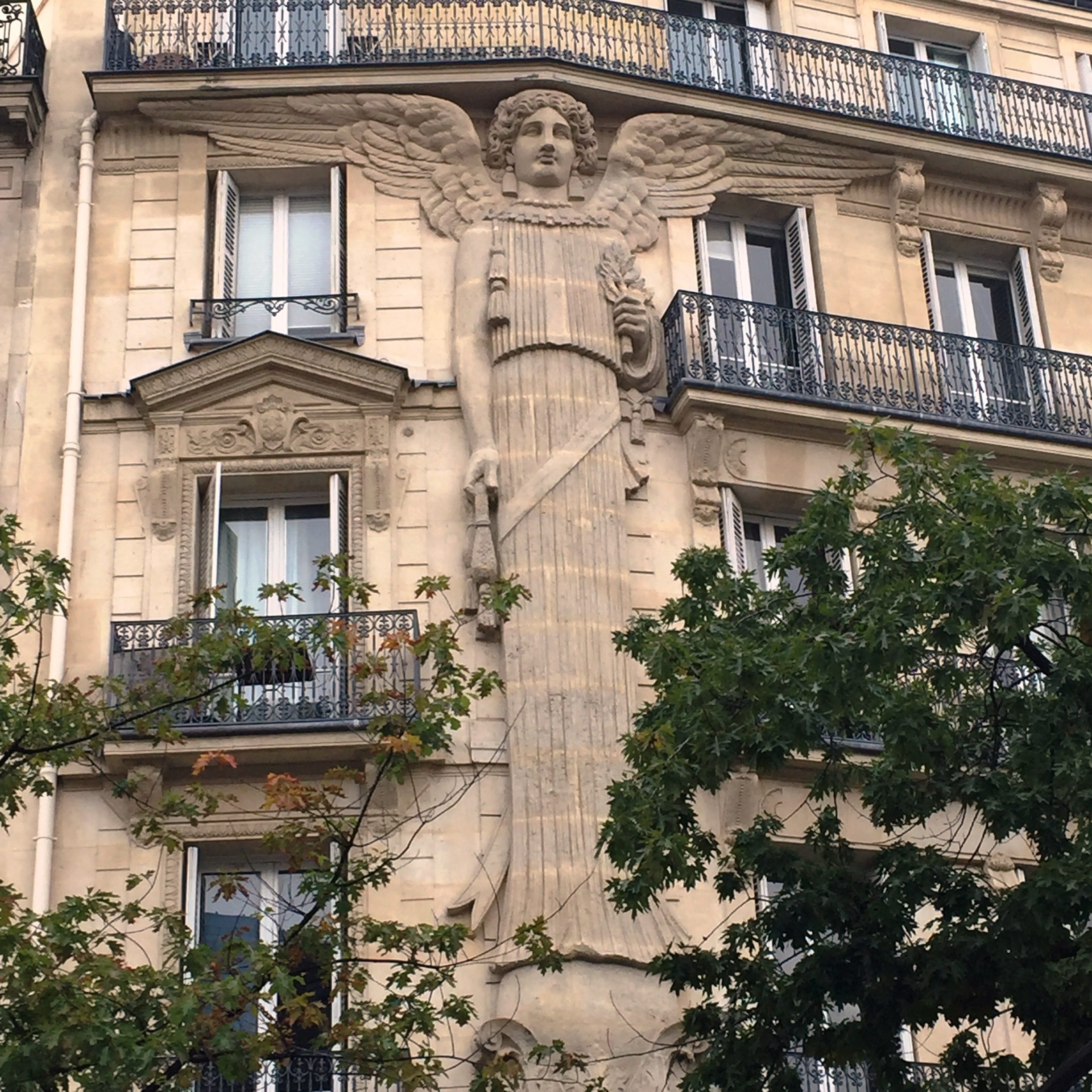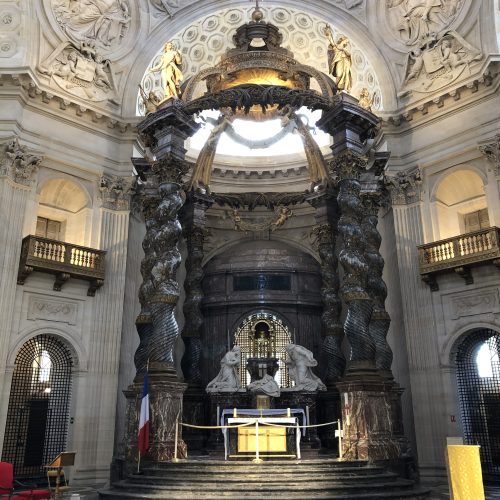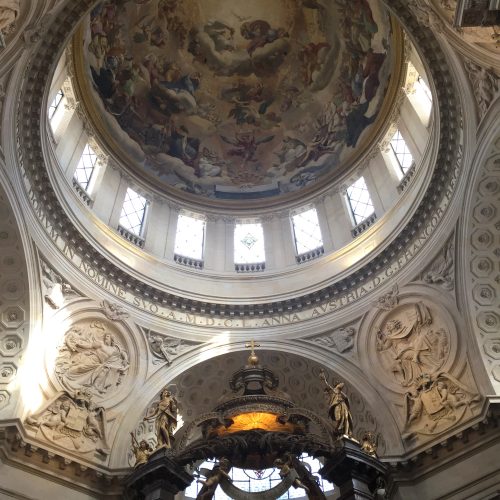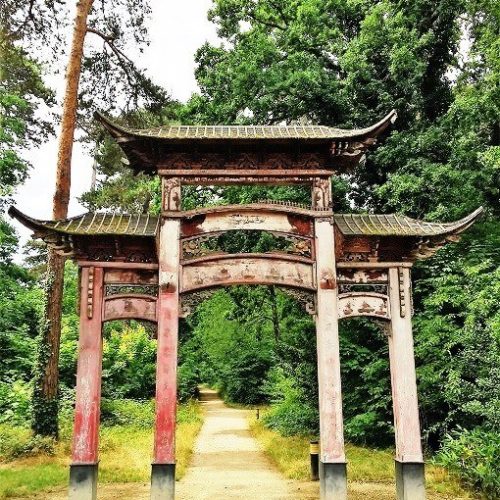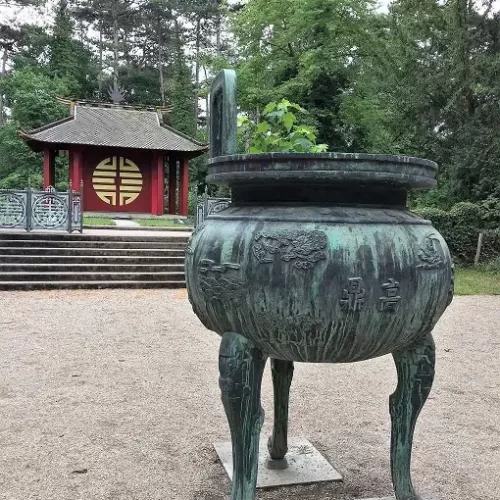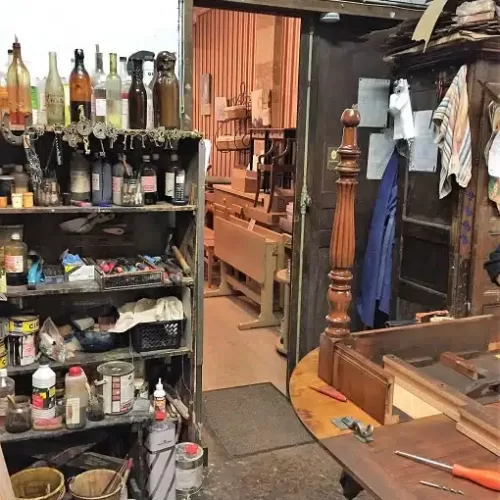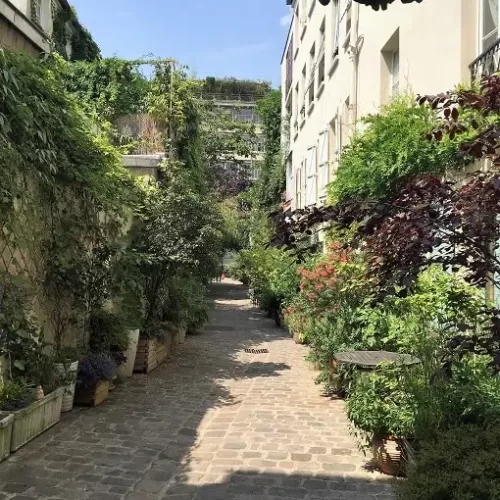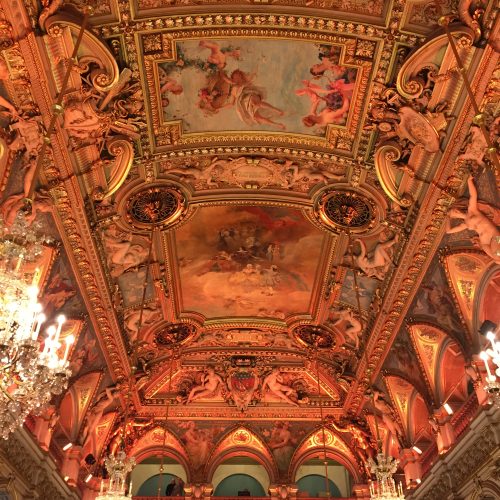This seminar will go in depth over the work of Haussmann and urban planning in Paris over two centuries. The tour expands from the Palais royal to the Opera via “Grands Boulevards” and haussmannian avenues to witness the amazing 19th century changes in the city.
Included: visit of the Opera, Galeries Lafayette department store terrace and cupola, a major bank headquarter and the most fascinating hidden ballroom in Paris.
Note that the ticket’s entrance to the Opera is not included and can be pre-purchased.
Haussmann and the City of Lights
Description
Haussmann and the City of Lights
Practical information
- Location : Paris Métro Palais Royal Musée du Louvre (lines 1 and 7)
- Duration : 3h
- Walking tour
- Private group tour at any date (270€/group) + Opera tickets on top
- Small group (up to 8 people) 50-80€ pp + Opera tickets on top
- Opera Tickets available on request 12€ pp
The transformation of Paris from 1852 to 1870 was one of the most ambitious urbanist and architectural renovation plan led in a capital city. Political, social, urban and security reasons can explain the vast and long program carried out by baron Haussmann Under the personal directives of Emperor Napoleon III.
The tour will interpret those changes starting in front of the Palais Royal, outside the Louvre museum, where it all began, with the rue de Rivoli. We will understand the new buildings with their social and architectural changes.
Walking through the Palais Royal and the gardens will make seize the first changes made in the city on such a scale, prior to the French Revolution. From this, we will understand how the city expanded outside the Louvre towards the Opera, and developed new architectural elements found in Haussmann’s brand new blocks of flats and other latter buildings.
Palais Royal was also the site of Paris’s first covered passage or shopping arcade, launching a vogue with over fifty arcades being built between 1800 and 1850. We will wander some of the surviving passages that were not destroyed by Haussmann.
The recently reopend National Library will also provide the opportunity to see magnificent reading rooms built during the Haussmann’s works with innovative material back then.
From there, we’ll emerge into modern Paris, onto one of the wide, rectiligne “grands boulevards” created during the Second Empire (in the 1860’s) by Napoleon III and his prefect, Baron Haussmann. While the scale of these changes was unprecedented with huge parts of the old city disappeared overnight, we’ll see Haussmann’s boulevards were following on those created by Louis XIV in the 17th century. As we stroll, we’ll discuss the role of these streets as the hub of fashionable Parisian life in the 19th century, providing a backdrop for novelty shopping, theaters, and all variety of entertainment, as well as being a popular place of promenade.
Our walk will include what is perhaps the most iconic example of Second Empire urbanism, the Opera Garnier and its surrounding streets and avenues. We will discover the exterior of the building, but, rehearsal schedules permitting, we may also visit its sumptuous interiors, including the famous auditorium with its controversial ceiling by Marc Chagall (tickets on top).
Depending on time and interest, our walk may also include a visit to one of the late 19th century department stores, the Galeries Lafayette, or the headquarters of a great bank, with their art-nouveau glass domes, completing the vision of Haussmann’s Paris as a city of luxury consumption and high finance.
The sites visited on this architectural and urban walking seminar will provide an opportunity to discuss many issues, most notably the change in the French social structure following the Revolution, the resultant rise of the bourgeoisie in the 19th century and the subsequent development of railways, industry and capitalism, all of which led to Napoleon III’s radical rebuilding of Paris.
We can pre-purchase tickets to visit the Opera Garnier (12€ pp). Should the interior be closed for unforeseen rehearsals, you may use your ticket on another day.

